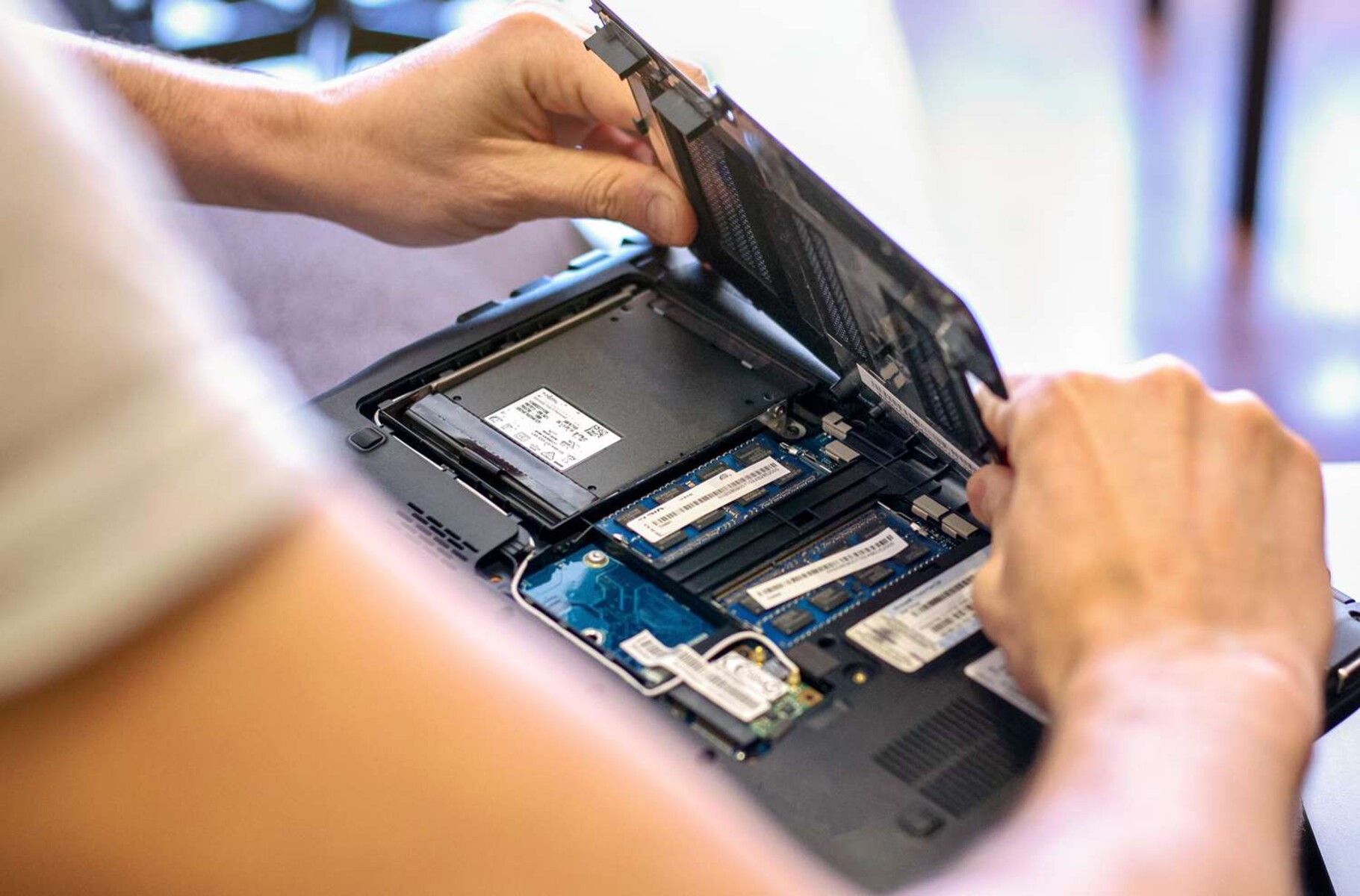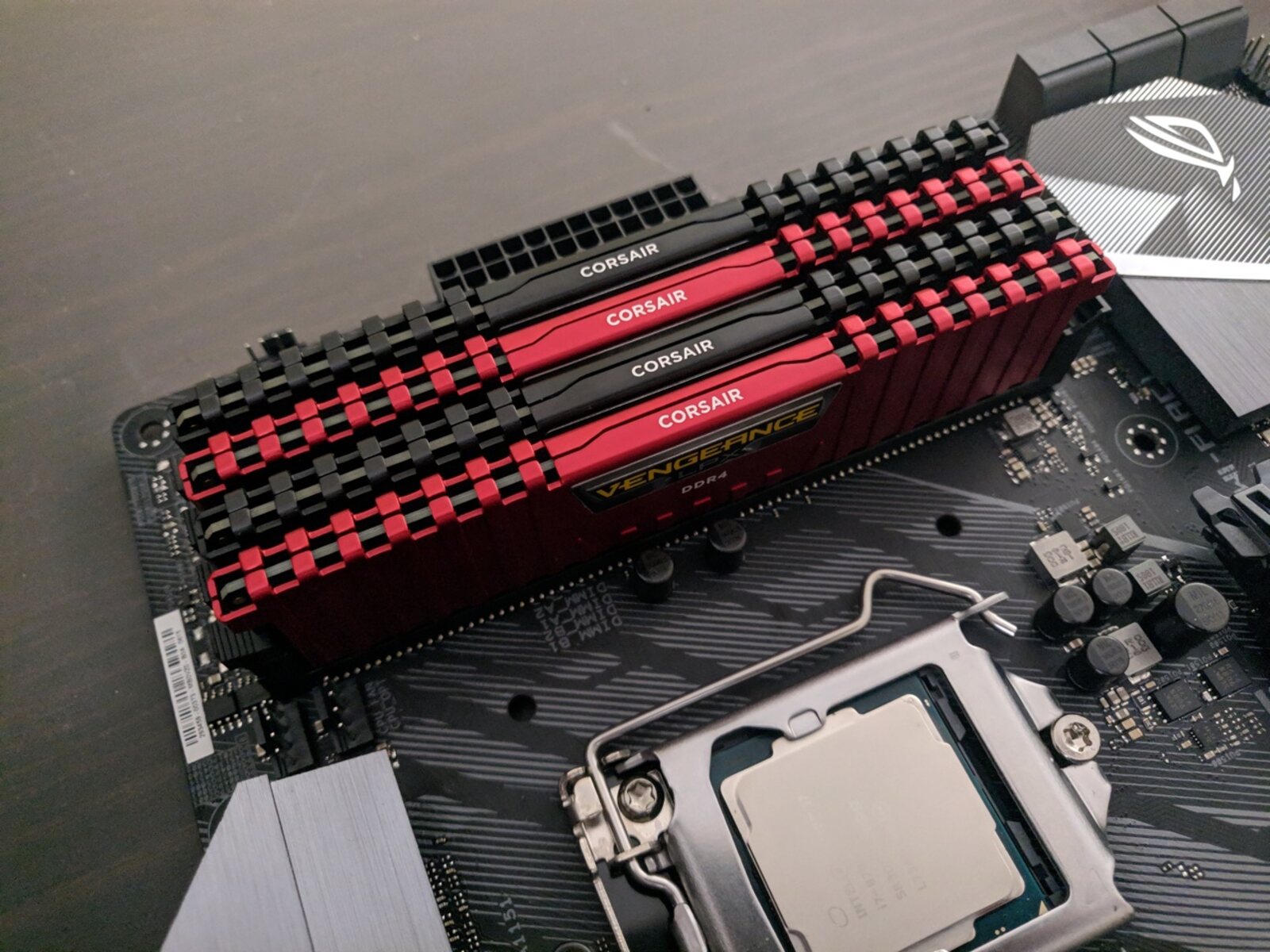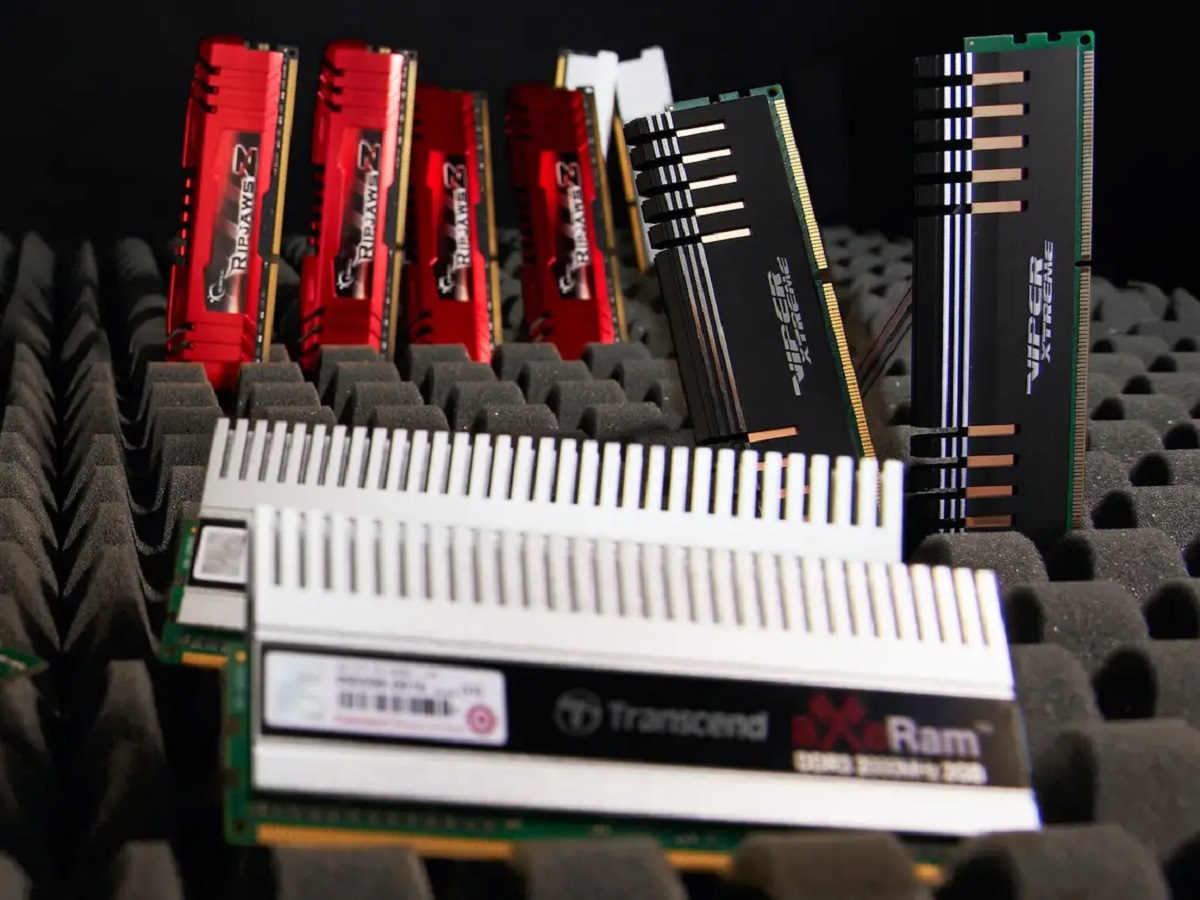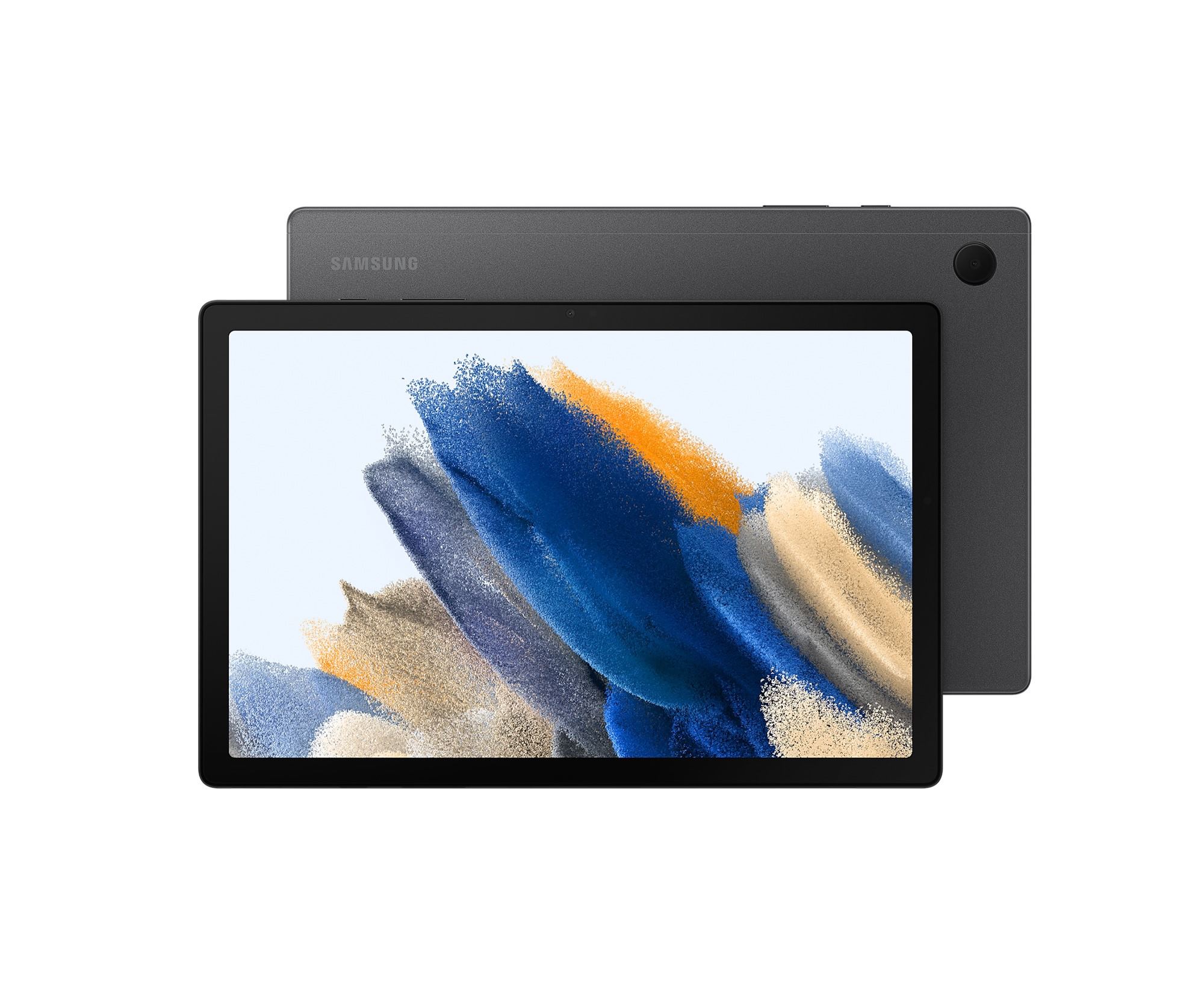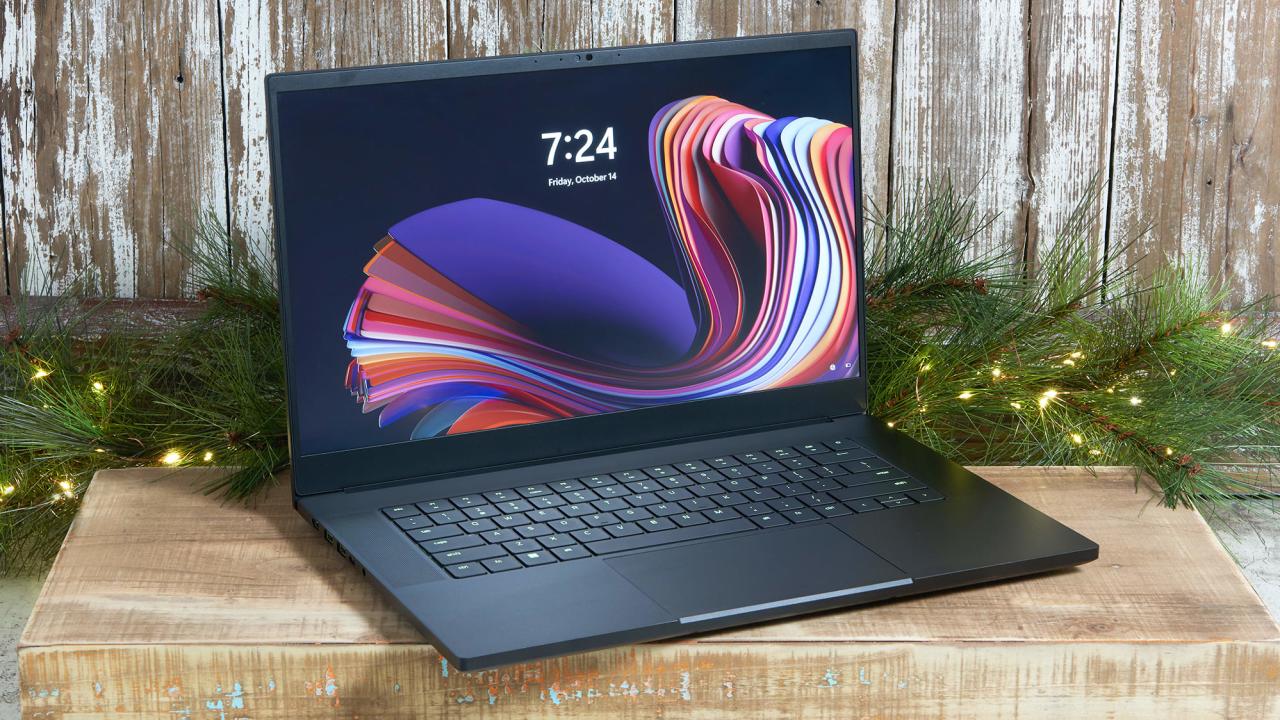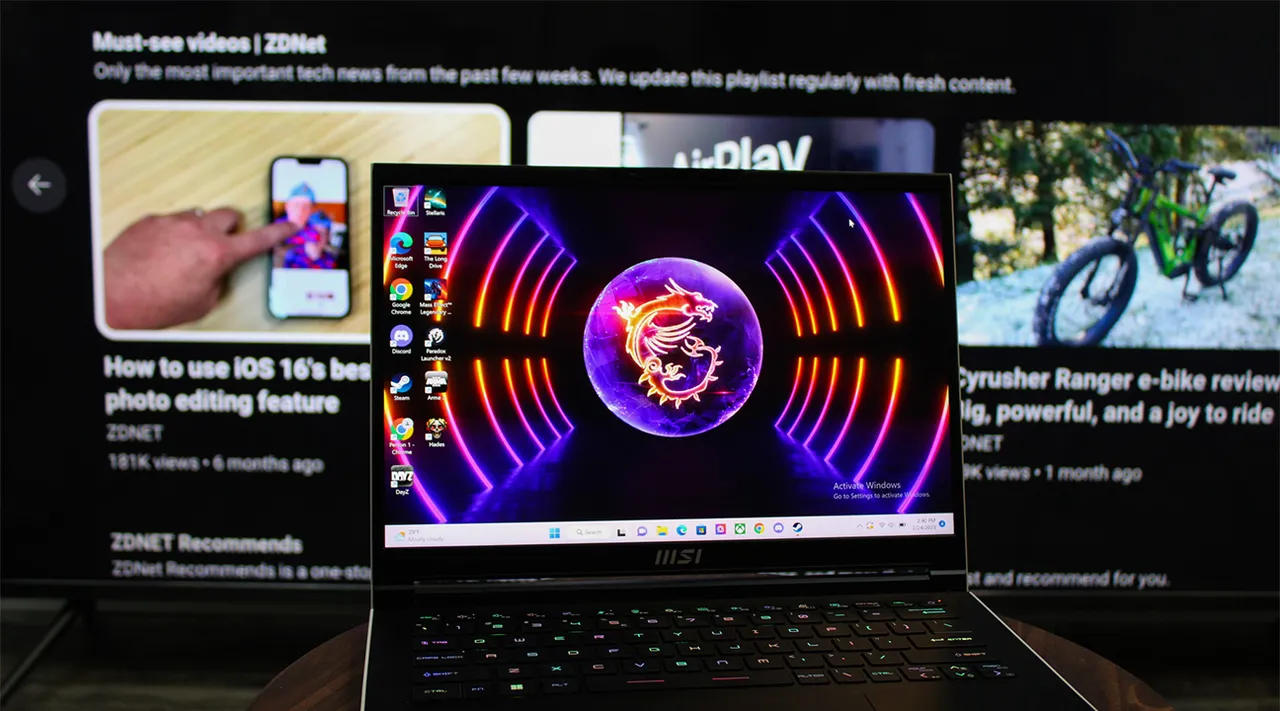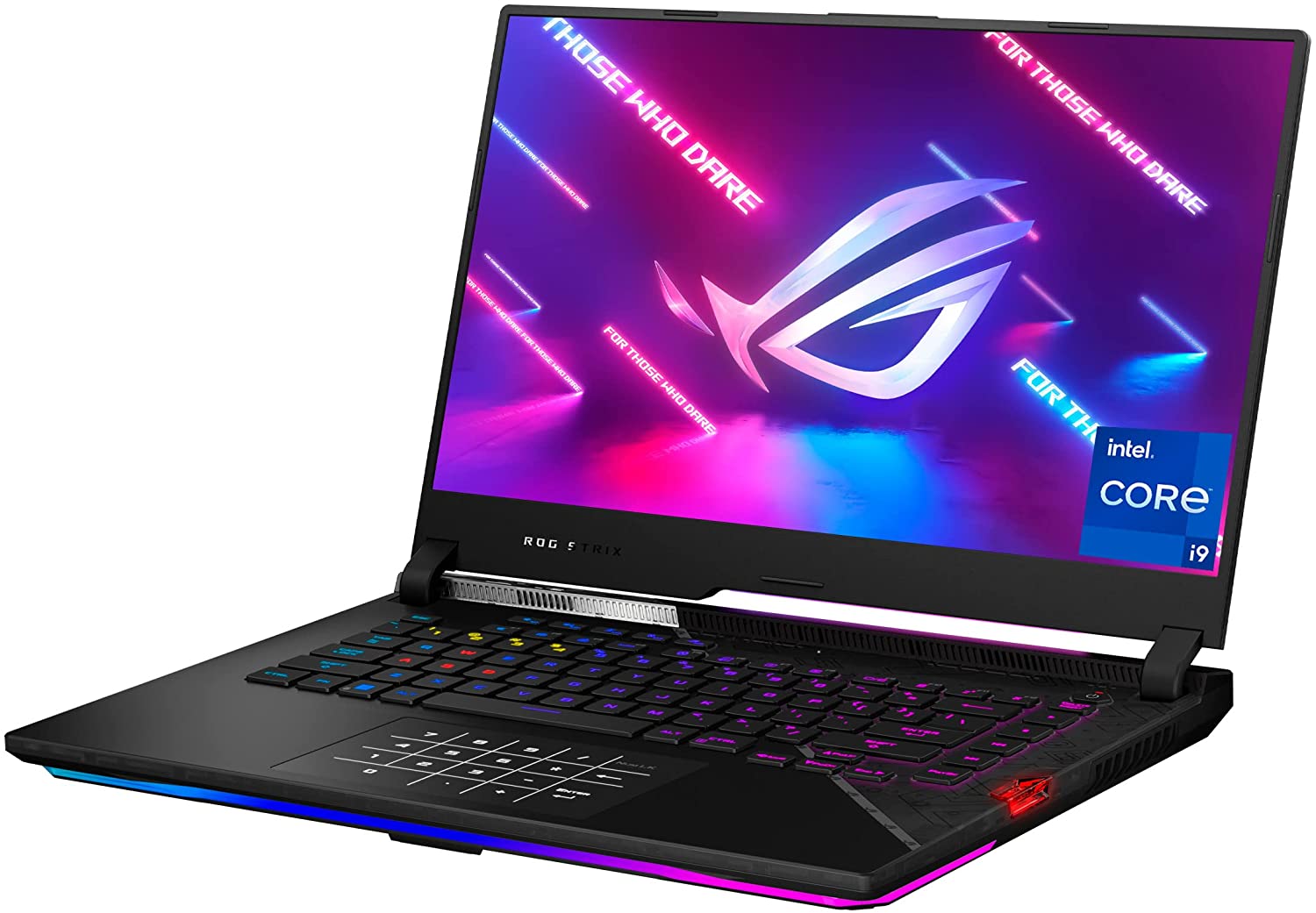Introduction
Welcome to the world of computer memory, where speed and performance reign supreme. If you’ve ever wondered how your computer can multitask seamlessly, launch multiple applications simultaneously, and handle resource-intensive tasks effortlessly, then you have the RAM (Random Access Memory) to thank. RAM is an essential component that plays a pivotal role in the overall performance of your computer.
RAM acts as a temporary storage space that your computer uses to store data for speedy access by the CPU. Unlike your computer’s storage drive (such as a hard disk drive or solid-state drive) which saves data permanently, RAM offers much faster read and write speeds. This allows your computer to retrieve data quickly, resulting in faster program and file access times, smoother multitasking, and an overall improved user experience.
Since RAM plays a crucial role in the performance of your computer, it’s important to have an adequate amount. The question then becomes, how much RAM do you actually need? The answer to that question depends on various factors such as the type of tasks you perform, the programs you use, and your budget.
Understanding the specific RAM needs for your computer can be a bit daunting, but fear not, we’re here to demystify the process. In this article, we will focus on one specific RAM capacity – 64GB. We will dive into the benefits of having 64GB of RAM, its cost, and the factors that affect its price.
So, if you’re curious about how much 64GB of RAM costs and whether it’s worth the investment, keep reading to find out everything you need to know!
What is RAM?
Before we delve into the details of RAM, let’s first understand what exactly it is. RAM, which stands for Random Access Memory, is a type of computer memory that allows data to be stored, read, and written by the computer’s processor (CPU) quickly and randomly. It is a volatile memory, meaning that its contents are lost when the computer is powered off or restarted.
RAM acts as a temporary storage space for data that the CPU needs to access frequently and quickly. It holds the instructions and data that are actively being used by the computer’s programs, operating system, and drivers. This allows the CPU to quickly retrieve the necessary information, which results in faster and more efficient computing processes.
Think of RAM as a desk space where you can keep all the files and tools you need to work on a specific task. The larger the desk, the more files and tools you can have readily accessible, enabling you to work faster and without interruptions. Similarly, the more RAM your computer has, the more data it can store and access quickly, resulting in improved performance, responsiveness, and multitasking capabilities.
RAM operates at much higher speeds compared to the computer’s storage drives, such as hard disk drives (HDDs) or solid-state drives (SSDs). While storage drives are used for long-term storage, RAM provides the necessary speed and responsiveness required for the immediate execution of tasks and programs.
When you open a program or launch a file, it is loaded into RAM from the storage drive. The CPU can then directly access and manipulate the data stored in RAM, eliminating the need for frequent access to the slower storage drive. This efficient data retrieval process allows for faster program execution, smoother multitasking, and improved overall system performance.
It’s important to note that RAM is different from storage capacity. The storage capacity refers to the amount of data that can be stored on the computer’s storage drive, whereas RAM capacity refers to the amount of data that can be stored and accessed quickly by the CPU.
Now that we have a clear understanding of what RAM is and how it functions, let’s delve into the specific RAM capacity of 64GB and explore its benefits and cost.
How much RAM do you need?
When it comes to determining how much RAM you need for your computer, several factors come into play. The amount of RAM required depends on your specific usage patterns, the types of programs you frequently use, and the demands of those programs.
For most casual computer users, such as those who use their computers for web browsing, emailing, word processing, and basic multimedia tasks, a lower amount of RAM, such as 4GB or 8GB, is usually sufficient. These tasks do not typically require a significant amount of memory to run smoothly.
However, if you use your computer for more demanding tasks such as photo or video editing, graphic design, 3D rendering, virtualization, or gaming, you will benefit from having a larger amount of RAM. These resource-intensive tasks can require a substantial amount of memory to ensure smooth operation without any lag or slowdowns.
The recommended minimum RAM for most power users is around 16GB. Having 16GB of RAM allows for efficient multitasking and smooth performance when working with demanding programs. It provides enough space for running multiple applications simultaneously, keeping them active in memory, and switching between them without any noticeable delays.
If you are a professional designer, video editor, or gamer who works with large files or utilizes multiple resource-intensive applications simultaneously, you may consider opting for even higher RAM capacities. In these scenarios, 32GB or 64GB of RAM can provide the necessary headroom for seamless and uninterrupted performance.
Additionally, if you frequently work with virtual machines or perform complex scientific simulations, higher RAM capacities become even more crucial. These tasks often require a significant amount of memory to allocate to virtual environments and process large datasets.
It’s important to consider your current and future needs when determining the amount of RAM you require. Keep in mind that technology is constantly evolving, and programs are becoming more resource-intensive. Investing in a higher RAM capacity can future-proof your system, ensuring it can handle upcoming software advancements without the need for frequent upgrades.
In the next section, we will focus on the specific RAM capacity of 64GB and delve into its benefits and cost implications.
Understanding RAM capacity
RAM capacity refers to the amount of memory available in your computer for storing and accessing data. The higher the RAM capacity, the more data your computer can hold in its active state, allowing for faster and more efficient operations.
RAM capacity is measured in gigabytes (GB) and typically ranges from a few gigabytes to several hundred gigabytes. As mentioned earlier, the amount of RAM you need depends on your specific usage requirements, the types of programs you use, and the complexity of your tasks.
Lower-end systems, such as budget laptops or basic office computers, often come with 4GB or 8GB of RAM. While these capacities may be sufficient for simple tasks, they can quickly become limiting when running more demanding programs or multitasking extensively.
Mid-range systems usually offer a RAM capacity of 16GB. This is considered the sweet spot for most power users, as it provides ample memory for multitasking, running resource-intensive applications, and ensures a smooth overall computing experience.
For those who require even greater power and performance, high-end systems can accommodate 32GB or even 64GB of RAM. These capacities are ideal for professionals involved in tasks such as video editing, 3D modeling and rendering, scientific simulations, virtualization, and gaming.
Having a higher RAM capacity allows your computer to store more data in an active state, reducing the need to constantly access the slower storage drives. This results in faster program load times, improved multitasking capabilities, and enhanced overall system responsiveness.
For example, when editing a large video file, having ample RAM enables your video editing software to store a significant portion of the video data in memory, making it readily accessible for editing operations. This eliminates the need for frequent loading from the hard drive, resulting in a more efficient and seamless editing process.
It’s worth noting that while increasing RAM capacity can enhance performance, there are limitations. The benefits of higher RAM capacities become less noticeable beyond a certain point. For most users, 16GB to 32GB is more than sufficient, and going beyond that may not yield significant performance improvements unless you have specific, highly demanding use cases.
In the next section, we will explore the specific benefits of having 64GB of RAM and delve into its cost implications.
The benefits of 64GB RAM
When it comes to RAM capacity, 64GB is considered a high-end, premium option. This robust memory capacity offers several benefits for users who require exceptional performance and have demanding computing needs.
1. Improved Multitasking: With 64GB of RAM, you can run multiple resource-intensive applications simultaneously without any lag or slowdowns. Whether you’re editing high-resolution videos, working with complex 3D models, or running virtual machines, the ample memory allows for smooth multitasking and efficient utilization of system resources.
2. Handling Large Datasets: Professionals involved in fields like data science, engineering, or CAD design often work with massive datasets. 64GB of RAM provides a larger workspace to store and manipulate these data sets, enabling faster processing and analysis.
3. Enhanced Virtualization: If you frequently work with virtual machines or run multiple virtual environments concurrently, 64GB of RAM is crucial. It allows for efficient memory allocation to virtual machines, ensuring smooth performance without any bottlenecks.
4. Future-Proofing: As software applications become more advanced and resource-hungry, having a higher RAM capacity like 64GB ensures that your system can handle upcoming technological advancements. It provides headroom for running future software versions and prevents the need for immediate upgrades.
5. Improved Gaming Performance: Gamers who play modern, graphically demanding games often require large amounts of memory to load and run the game smoothly. With 64GB of RAM, you can expect enhanced gaming performance, reduced loading times, and seamless gameplay, especially when combined with a powerful graphics card.
6. Faster Rendering and Data Processing: Whether you’re rendering high-resolution videos, editing large photos, or performing intense scientific simulations, 64GB of RAM significantly speeds up the rendering and data processing times. It allows for quicker access to the necessary data, resulting in faster completion of tasks.
It’s important to note that the benefits of 64GB of RAM may not be fully utilized by all users. For casual computer users who engage in basic tasks like web browsing, email, and word processing, the advantages of 64GB may not be worth the cost. However, for professionals and power users who require top-notch performance and work with demanding applications, 64GB of RAM can be a game-changer.
Now that we’ve explored the benefits of 64GB of RAM, let’s delve into the cost of obtaining this powerful memory capacity.
How much does 64GB RAM cost?
The cost of 64GB of RAM can vary depending on several factors, including the type of RAM, brand, speed, and whether it is purchased as a kit or individual modules. Generally, high-capacity RAM modules like 64GB tend to be more expensive than lower-capacity options.
As of [current year], the cost of a 64GB RAM kit typically ranges from [price range]. Prices can vary based on market trends, availability, and any promotions or discounts offered by manufacturers or retailers.
The type of RAM also plays a role in determining the cost. DDR4 RAM, which is the latest standard, is more common and generally more affordable compared to older generations like DDR3. DDR4 RAM offers faster speeds and better energy efficiency, making it a popular choice for high-performance systems.
The brand of RAM can also impact the cost. Leading manufacturers such as Corsair, G.Skill, Kingston, Crucial, and HyperX are known for producing reliable and high-quality RAM modules. However, premium brands may come with a higher price tag compared to lesser-known brands.
In addition to the cost of the RAM modules themselves, it’s important to consider compatibility with your computer’s motherboard. Ensure that your motherboard supports 64GB of RAM and is compatible with the specific type and speed of RAM that you plan to purchase.
It is worth mentioning that the cost of RAM can fluctuate over time due to various factors, including changes in market demand and production costs. Therefore, it’s always a good idea to research current prices and compare options from different retailers to find the best deal.
While 64GB of RAM may be a significant investment, it offers substantial performance benefits for users who require a high-capacity memory solution. Professionals in fields such as video editing, 3D modeling, virtualization, and scientific research often find the cost justified due to the time saved and increased productivity gained from faster data access and processing.
When considering the cost of 64GB of RAM, it’s essential to weigh the benefits it provides against your specific needs and budget. Assess your computing requirements, the complexity of your tasks, and your future growth potential to determine if investing in this higher RAM capacity is the right choice for you.
Now that we have explored the cost implications of 64GB of RAM, let’s take a look at the factors that can affect the price of this memory capacity.
Factors that affect the price of 64GB RAM
The price of 64GB RAM can vary based on several factors. Understanding these factors can help you make an informed decision and find the best value for your money. Here are some key factors that affect the price of 64GB RAM:
1. DDR Generation: The DDR (Double Data Rate) generation of RAM affects the price. DDR4 RAM is the latest standard and offers faster speeds and improved energy efficiency compared to older generations like DDR3. DDR4 RAM modules tend to be more expensive due to their advanced technology and increased performance capabilities.
2. RAM Speed: The speed of the RAM modules also impacts the price. RAM speed is measured in megahertz (MHz), and higher speeds typically come with a higher price tag. However, it’s important to note that the performance benefits of higher RAM speeds may not be noticeable in everyday computing tasks for the average user.
3. Brand and Quality: The brand and quality of the RAM modules can influence the price. Well-known and reputable brands often come with a higher price due to their established reputation for producing reliable and high-performance RAM. These brands may also offer additional features or warranties that can justify the higher cost.
4. Timing and Market Demand: The timing of your purchase can impact the price. Prices for computer components, including RAM, can fluctuate based on market demand. It’s advisable to monitor price trends and wait for sales or promotions to get the best deal. Additionally, new product releases or advancements in RAM technology can affect the pricing of existing modules.
5. Single Module vs. Kit: When purchasing 64GB of RAM, you have the option of buying individual modules or a complete kit. Buying a kit, which includes multiple modules bundled together, is often more cost-effective compared to purchasing individual modules separately. Kits ensure compatibility and usually come with a better overall price compared to buying modules individually.
6. Vendor and Retailer: The vendor or retailer from which you purchase your RAM can impact the price. Different vendors may offer varying prices, promotions, or discounts. Researching and comparing prices from reputable retailers can help you find the best deal while ensuring a reliable purchasing experience.
While these factors affect the pricing of 64GB RAM, it’s important to strike a balance between price and performance. Consider your specific needs, budget, and the expected benefits of having 64GB of RAM for your particular usage scenarios. This will help you make an informed decision and choose the right RAM configuration for your system.
Now that we have explored the factors that influence the price of 64GB RAM, let’s conclude with a summary of the key points discussed in this article.
Conclusion
RAM is a critical component that significantly impacts the performance and efficiency of your computer. Choosing the right RAM capacity, such as 64GB, can enhance your computing experience and meet the demands of resource-intensive tasks.
In this article, we explored the world of RAM, delving into its functions and benefits. We discussed how RAM acts as a temporary storage space that allows for quick data access, improving multitasking capabilities and overall system responsiveness.
When determining the amount of RAM you need, factors such as your usage patterns, the complexity of your tasks, and the types of applications you use should be considered. While 64GB of RAM might not be necessary for everyone, power users and professionals who require exceptional performance, such as video editors, 3D designers, and data scientists, can significantly benefit from this higher capacity.
Having 64GB of RAM provides advantages such as improved multitasking, better handling of large datasets, enhanced virtualization capabilities, and future-proofing your system against advancing software requirements.
However, it’s important to keep in mind that the cost of 64GB of RAM can vary based on factors such as DDR generation, RAM speed, brand, timing, and vendor. Considering these factors and weighing them against your specific needs and budget will help you make an informed decision.
Ultimately, the right amount of RAM and the benefits it brings depend on your individual requirements and usage patterns. By understanding your needs and considering the factors discussed in this article, you can make an informed decision regarding the RAM capacity that best suits your computing needs.
Whether you choose 64GB or a different capacity, investing in the appropriate amount of RAM will undoubtedly enhance your computing experience, improve productivity, and ensure seamless performance for years to come.







